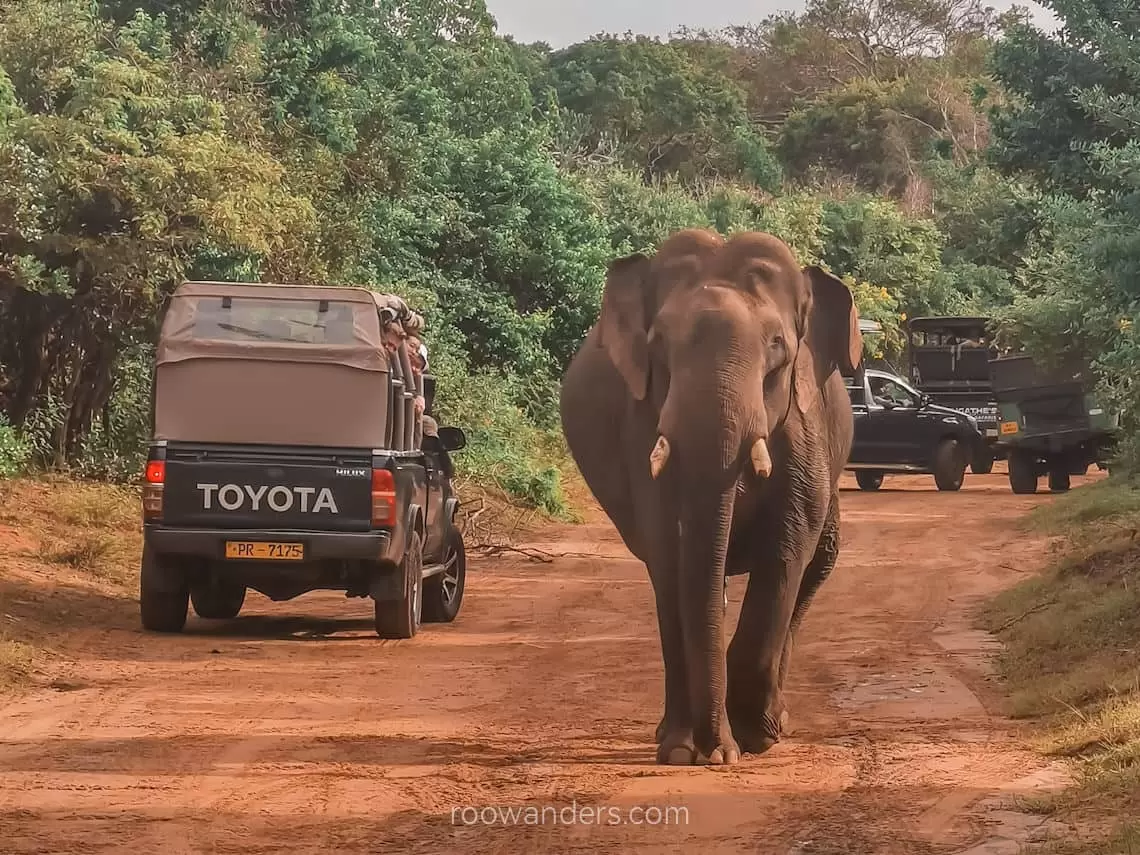Yala National Park: A Guide to Safari Adventure in Sri Lanka
- Windy x
- Aug 5
- 3 min read

Welcome to the wild side of Sri Lanka.
Nestled on the island’s southeastern coast, Yala National Park is the country’s premier wildlife destination and one of the best places in the world to spot elusive leopards in their natural habitat. Covering over 1,200 square kilometers of grasslands, wetlands, and dense jungle, Yala offers an unforgettable safari adventure teeming with wildlife, mystery, and raw natural beauty.
Whether you're a seasoned explorer or a first-time traveler with a love for the wild, Yala promises heart-racing moments and soul-stirring sights you won’t soon forget.
Why Visit Yala National Park?

Yala isn’t just a park—it’s an entire ecosystem, where the drama of the wild unfolds daily. It’s home to:
The highest density of leopards anywhere in the world.
Over 215 species of birds.
Iconic animals like elephants, sloth bears, crocodiles, water buffalo, jackals, wild boar, and even the rare black-necked stork.
Each safari feels like a treasure hunt, with every turn revealing a new surprise—perhaps a herd of elephants cooling off in a muddy pool, a flamboyance of flamingos taking flight, or a leopard draped lazily across a tree limb.
Safari Zones Explained
Yala is divided into 5 blocks, but only Block 1 is open to regular safaris, and it’s also the most popular due to its rich wildlife sightings.
Block 1 (Palatupana): The go-to zone, especially for leopards.
Block 3 & 5: Quieter and less crowded; great for birding and serene experiences.
Ruhuna Area: A mix of coastal lagoons, bushland, and forest trails—ideal for diverse sightings.
Most tour operators focus on Block 1 for first-time visitors, but seasoned adventurers may prefer the road less traveled.
Best Time to Visit Yala
The dry season (February to June) is the prime time for safaris—animals gather around shrinking waterholes, making sightings more frequent. However, November to January can be lush and beautiful after the monsoon, with fewer crowds.
Morning safaris (5:30 AM–10 AM): Best for catching predators on the move.
Afternoon safaris (2:30 PM–6 PM): Ideal for photography and golden light.
What You Might See on Safari
Leopards – The true stars of Yala. Often seen lounging on rocks, prowling through bushes, or stalking prey at dusk.
Asian Elephants – Families of gentle giants often roam near waterholes and trails.
Sloth Bears – Shy and rare, but you might catch them in early mornings during fruiting season.
Birdlife – From peacocks and junglefowl (Sri Lanka's national bird) to eagles, owls, and bee-eaters.
Crocodiles – Sunbathing near lagoons or lurking in shallow pools.
And let’s not forget mongooses, deer, monitor lizards, and the occasional python!
Choosing Your Safari Experience
Most safaris are conducted in 4x4 open-top jeeps, led by local guides and trackers. You can opt for:
Half-Day Safari (Morning or Evening)
Full-Day Safari (Includes lunch break inside the park)
Luxury Safari Camps – Stay overnight in the wild with glamping setups, gourmet food, and expert naturalists.
Top Tips:
Bring binoculars and a zoom camera lens.
Wear neutral-colored clothing, sunscreen, and a hat.
Expect a bumpy ride—it’s part of the fun!
Your Southern Escape Awaits..
A safari in Yala isn’t just a tick off your travel list—it’s a journey into the soul of Sri Lanka’s wilderness. It’s the stillness of sunrise over a golden plain. The thrill of hearing alarm calls from a nearby deer. The unforgettable sight of a leopard emerging from the shadows.
If you're seeking a true adventure beyond the beaches, this is your call to the wild.
The jungle is waiting. Will you answer?




















Comments